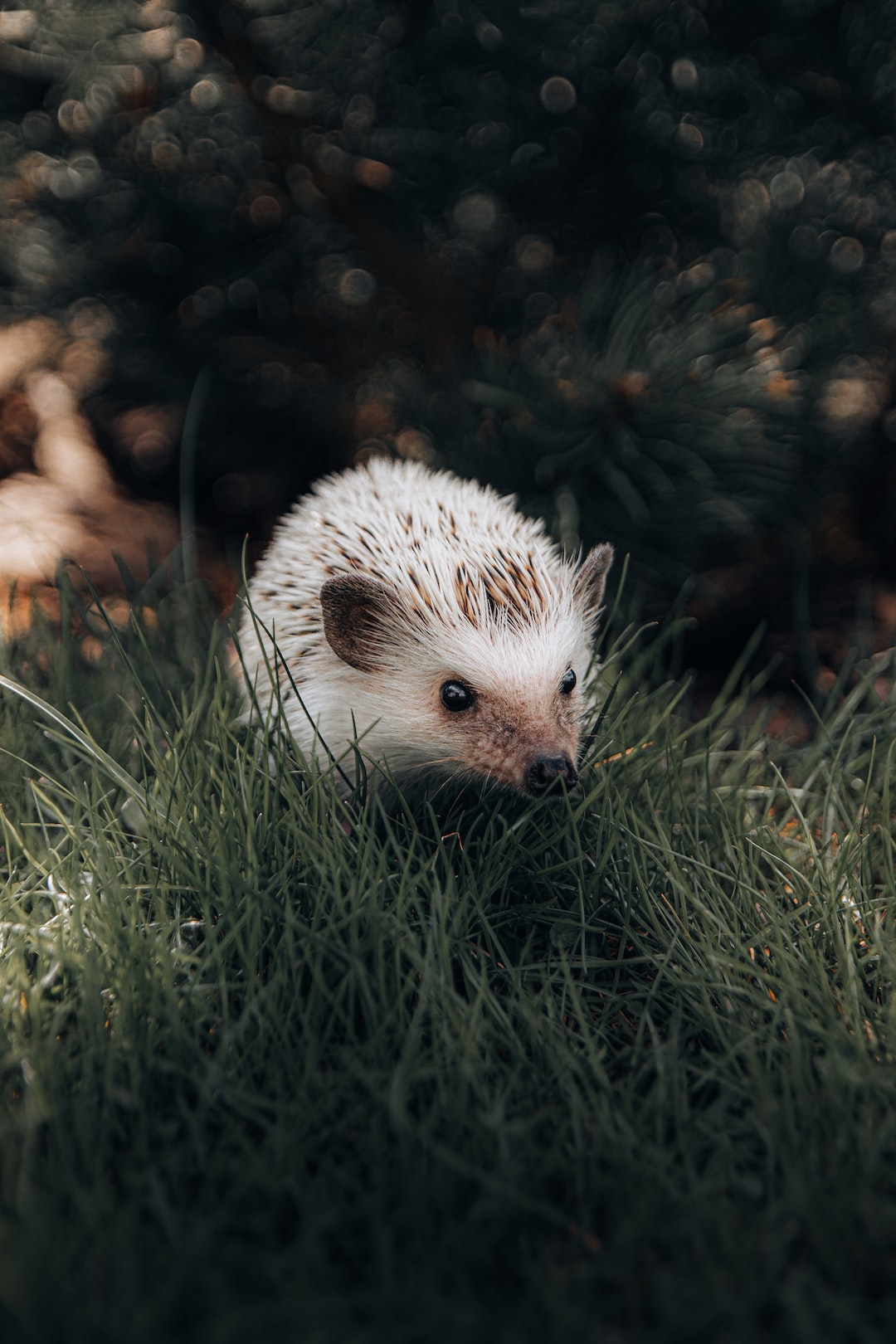How to Help Birds in Your Backyard
Birds are not just beautiful creatures; they play a vital role in our ecosystem. They help control insects, pollinate plants, and disperse seeds. Many species of birds are declining due to habitat loss, pollution, and climate change. However, you can make a difference by providing a safe and welcoming environment for them in your own backyard. Here are some tips on how to help birds thrive in your backyard and contribute to their conservation.
1. Create a Bird-Friendly Habitat: Make your yard bird-friendly by planting native trees, shrubs, and flowers. These plants offer food sources like seeds, berries, and nectar, and provide shelter and nesting sites. Diversity is key, as different species have different preferences. Also, consider installing birdhouses, nesting boxes, and bird baths to attract birds looking for a safe place to raise their young and drink water.
2. Offer a Variety of Food: Consider putting up bird feeders in your yard and provide different types of birdseed, such as sunflower seeds, millet, and nyjer. This will attract a diverse range of bird species. Additionally, offer fruits, suet, and mealworms to supplement their diet. Remember to clean your feeders regularly to prevent the spread of diseases.
3. Keep Cats Indoors: Cats are natural predators to birds and can have a devastating impact on their populations. Keeping your cat indoors, or providing a safe and enclosed outdoor space for them, prevents them from hunting birds. Cats can still enjoy the outdoors while birds are protected.
4. Avoid Chemicals: Pesticides and herbicides can be toxic to birds and their prey. Opt for natural alternatives or use organic products if necessary. Additionally, avoid using chemical fertilizers, which can harm birds indirectly by contaminating their food sources.
5. Provide Water: Birds need water for drinking and bathing. Install a bird bath or a shallow dish with fresh water, ensuring it is kept clean and filled regularly. Place it near vegetation, so birds have a safe place to perch and dry off after bathing.
6. Reduce Window Collisions: Millions of birds die each year due to collisions with windows. To reduce the risk, place bird feeders and birdhouses within three feet or more of a window, making it visible to birds in flight. Apply window decals or bird tape to create patterns that deter birds from flying into the glass.
7. Minimize Outdoor Lighting: Artificial lights at night can disrupt bird migration patterns and disorient them. Keep outdoor lighting to a minimum, especially during migration season, and close curtains or blinds at night to prevent birds from being attracted to the light.
8. Create Nesting Sites: Different bird species have different nesting preferences. By providing a variety of nesting materials like grass, twigs, leaves, and even pet fur, you can attract birds looking for materials to build their nests. You can also leave dead trees or snags in your backyard, as woodpeckers and other cavity-nesting species make use of them for nesting.
9. Participate in Citizen Science: Citizen science projects, such as the Great Backyard Bird Count and eBird, allow you to contribute valuable data on bird populations and help scientists understand bird distribution and behavior. By taking part in these projects, you can directly contribute to bird conservation efforts.
10. Spread the Word: Educate others about the importance of birds and how they can play a role in their conservation. Organize bird walks, share birdwatching guides, and raise awareness about the threats birds face. Encourage your neighbors and community to create bird-friendly habitats and take part in bird conservation initiatives.
By following these simple steps, you can help create a safe haven for birds in your own backyard, providing them with food, water, shelter, and protection from common threats. Every effort counts when it comes to bird conservation, and together, we can make a difference in preserving these magnificent creatures for generations to come.

